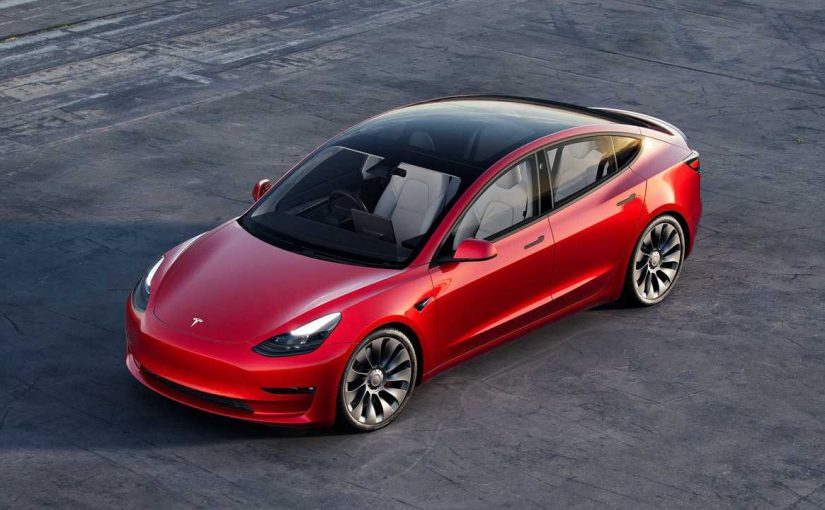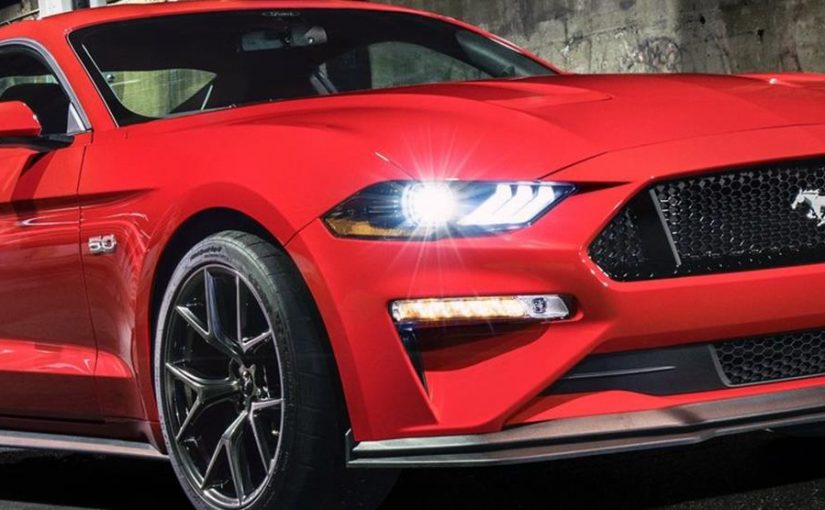When your lease on a vehicle expires, you have a few options: Turn in your vehicle and purchase or lease a new one, or purchase the car you are leasing from the leasing company. You could be tempted to buy your leased vehicle if you have fallen in love with it. Whether it is a smart idea or not depends on the vehicles worth, condition, and miles, as well as your budget. Here is how to tell if a buy lease returns in austin buyout is a good idea.
Leasing a vehicle, like purchasing one often involves paying a upfront payment followed by smaller monthly payments during the lease duration. You return the vehicle to the lesser at the conclusion of the lease, who sells it through a dealership or at auction. They may also offer you the chance to purchase it.
The leasing firm will normally contact you a few months before your lease term expires to discuss the end-of-lease process and arrange inspections before you turn in the vehicle. This is a wonderful moment to consider if you want to buy lease returns in austin.

Investigate what area dealers and private sellers are asking for the same make, model, and year of vehicle. To get an estimate, take the average of all those costs. If the vehicle is worth more than the expected residual value at the start of your lease, purchasing it might be a good deal. If it is less valuable, you might not want to acquire it unless you can negotiate a reduced buyout price.
Will you be able to afford a cash buyout or will you require a loan? Consider your budget and use an online auto finance calculator to calculate your vehicle payments for different loan periods and interest rates. Because the car you are purchasing is already a few years old, keep your loan term as short as feasible. Longer loan periods result in cheaper payments, but you will pay more in interest and may wind up with negative equity owing more on your loan than the car is worth.
Consider any additional savings or fees associated with purchasing a leased vehicle. For example, an older vehicle would often cost less to register and insure than a recent one. However, older vehicles are more prone to mechanical difficulties and require more care than new vehicles, which may result in greater repair expenses.


